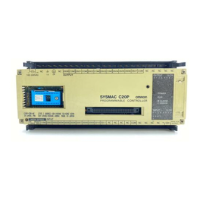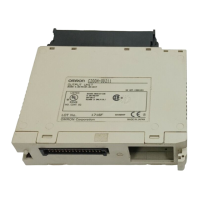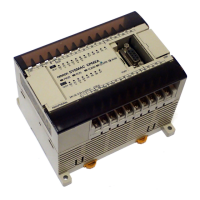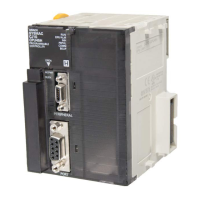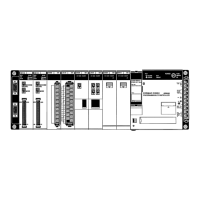Glossary
610
OFF delay The delay between the time when a signal is switched OFF (e.g., by an input
device or PC) and the time when the signal reaches a state readable as an OFF
signal (i.e., as no signal) by a receiving party (e.g., output device or PC).
offset A positive or negative value added to a base value such as an address to specify
a desired value.
ON The status of an input or output when a signal is said to be present. The ON state
is generally represented by a high voltage or by conductivity, but can be defined
as the opposite of either.
ON delay The delay between the time when an ON signal is initiated (e.g., by an input de-
vice or PC) and the time when the signal reaches a state readable as an ON sig-
nal by a receiving party (e.g., output device or PC).
one-shot bit A bit that is turned ON or OFF for a specified interval of time which is longer than
one scan.
operand The values designated as the data to be used for an instruction. An operand can
be input as a constant expressing the actual numeric value to be used or as an
address to express the location in memory of the data to be used.
operand bit A bit designated as an operand for an instruction.
operand word A word designated as an operand for an instruction.
operating error An error that occurs during actual PC operation as opposed to an initialization
error, which occurs before actual operations can begin.
OR A logic operation whereby the result is true if either of two premises is true, or if
both are true. In ladder-diagram programming the premises are usually ON/OFF
states of bits or the logical combination of such states called execution condi-
tions.
output The signal sent from the PC to an external device. The term output is often used
abstractly or collectively to refer to outgoing signals.
output bit A bit in the IR area that is allocated to hold the status to be sent to an output de-
vice.
Output Block A Unit used in combination with a Remote Interface to create an I/O Terminal. An
Output Block provides mounting positions for replaceable relays. Each relay can
be selected according to specific output requirements.
output device An external device that receives signals from the PC System.
output point The point at which an output leaves the PC System. Output points correspond
physically to terminals or connector pins.
output signal A signal being sent to an external device. Generally an output signal is said to
exist when, for example, a connection point goes from low to high voltage or from
a nonconductive to a conductive state.
Output Terminal An I/O Terminal that provides output points.
overflow The state where the capacity of a data storage location has been exceeded.
overseeing Part of the processing performed by the CPU that includes general tasks re-
quired to operate the PC.
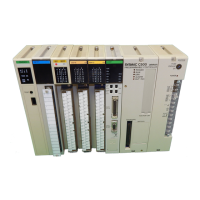
